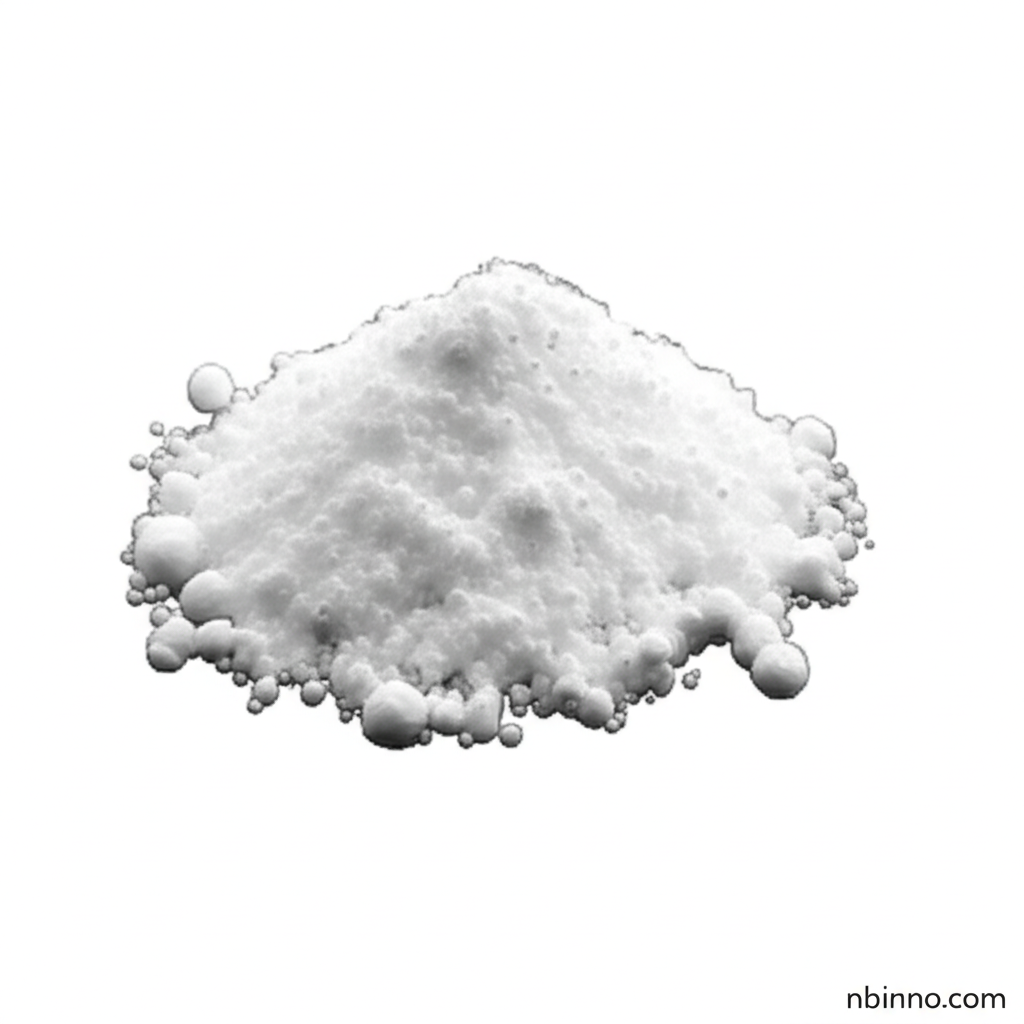4,4'-Diamino-2,2'-Biphenyldicarboxylic Acid: Your Key OLED Intermediate
Unlock advanced material possibilities with this high-purity synthesis building block.
Get a Quote & SampleProduct Core Value

4,4'-Diamino-2,2'-Biphenyldicarboxylic Acid
This compound is a critical intermediate for the synthesis of advanced materials, particularly in the rapidly evolving field of OLEDs. Its specific chemical structure and properties make it an ideal building block for creating novel photoelectric materials.
- Discover the potential of OLED materials synthesis precursor for your next breakthrough.
- Explore the reliable properties of this white solid chemical compound for consistent results in your reactions.
- Leverage the efficient preparation of 4,4'-diaminobiphenyl-2,2'-dicarboxylic acid to streamline your research and development.
- Utilize CAS 17557-76-5 as a key chemical intermediate in complex organic synthesis pathways.
Key Advantages
High Purity and Consistency
Benefit from a minimum purity of 97%, ensuring reliable outcomes in your 4,4'-diamino-2,2'-biphenyldicarboxylic acid synthesis applications.
Versatile Synthesis Intermediate
Employ this compound as a crucial chemical intermediate, enabling the creation of complex molecular structures for various advanced materials.
Optimized for OLED Applications
This compound is specifically valued as an OLED materials synthesis precursor, facilitating the development of next-generation display and lighting technologies.
Key Applications
OLED Intermediates
Serves as a vital component in the manufacturing of OLED materials, contributing to enhanced performance and novel functionalities.
Synthesis Materials
An essential raw material for various organic synthesis processes, enabling the creation of diverse chemical compounds.
Chemical Research
Valuable in academic and industrial research for exploring new chemical pathways and developing innovative materials.
Advanced Organic Synthesis
Facilitates complex organic synthesis routes, acting as a building block for intricate molecular architectures.
